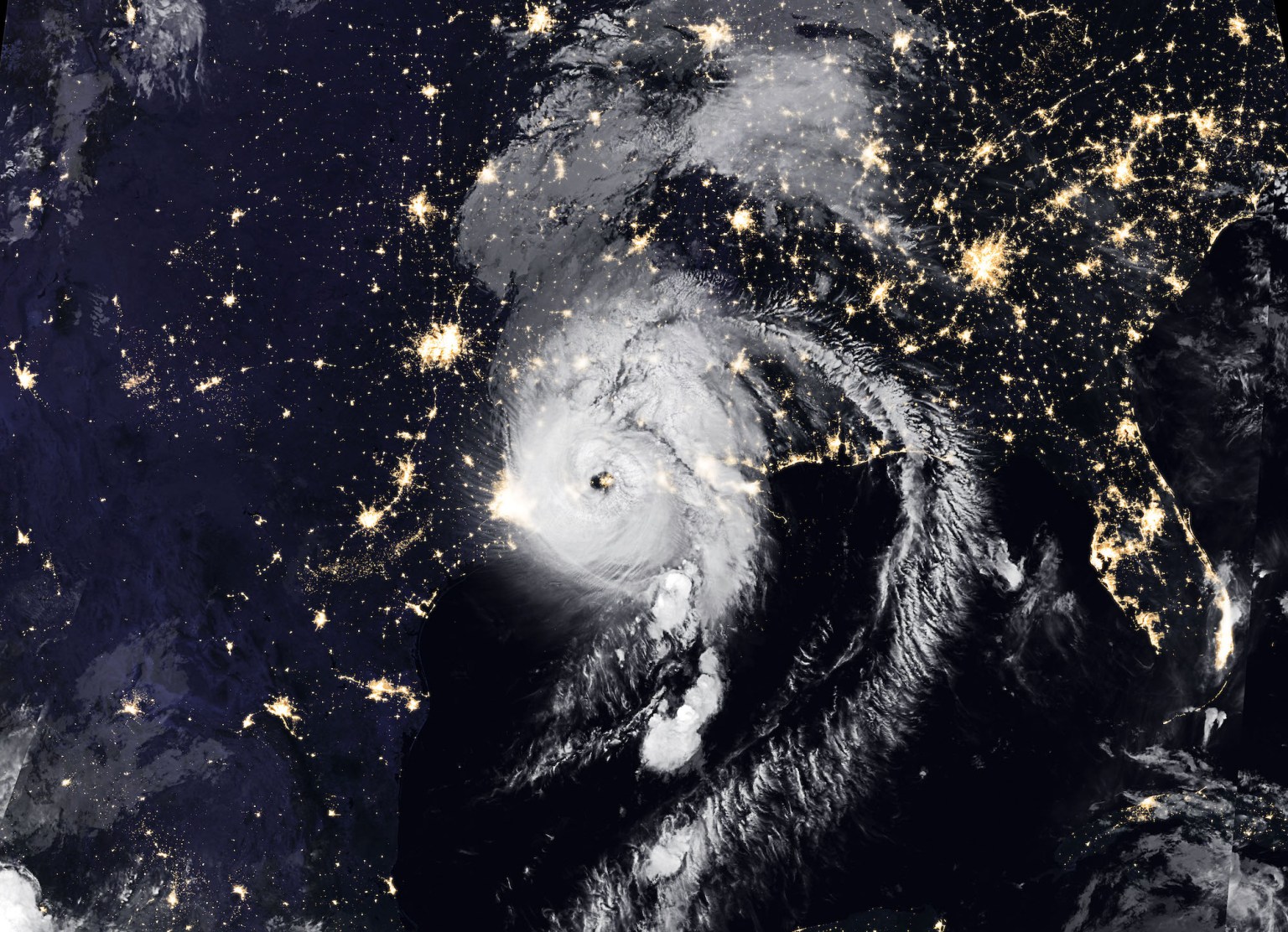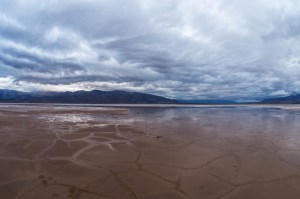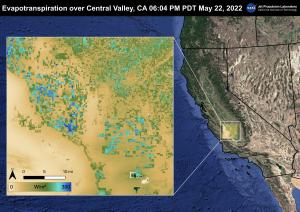Early in the morning on Aug. 27, Hurricane Laura made landfall along the Louisiana and Texas coastline, bringing 150 m.p.h. winds, flash floods and heavy rainfall with it. On the ground, emergency personnel mobilized to respond to the Category 4 storm. But for NASA’s fleet of Earth-observing satellites, it was business as usual.
Those satellites – as well as several from NASA’s international partner space agencies – constantly orbit Earth, using sophisticated sensors to collect data about what’s going on down below. When Hurricane Laura hit, NASA already had eyes on the storm.
“We use that cutting-edge NASA science to address disasters,” said Lori Schultz, a remote-sensing scientist with the University of Alabama who is leading NASA’s efforts on this storm for the NASA Earth Applied Sciences Disasters Program. The program seeks to provide disaster response and management personnel with relevant, up-to-date information to help communities prepare for disasters and manage recovery efforts.
“Basically, we ask: can we answer a question that needs to be answered?” said Schultz. Because of NASA’s abundance of remote-sensing data and partnerships with other space agencies around the globe, NASA is in a unique position to get a broader view of the storm’s impacts than what first responders can see from the ground. “Sometimes we can answer questions that nobody else can,” Schultz said.
Schultz and the rest of the NASA Disasters team are busy processing and analyzing the data collected by satellites passing over Hurricane Laura before, during, and after it makes landfall. They’re using data collected by the NASA-U.S. Geological Survey Landsat satellites, the NASA-JAXA Global Precipitation Measurement satellite that peers through the clouds to observe rain rates, the European Space Agency’s Sentinel 1 and 2, and others to create flood maps, assess coastal erosion and pinpoint damaged areas.
If the clouds clear over the next few days, NASA’s team will also use data collected by the MODIS instrument aboard NASA’s Terra and Aqua satellites to further assess flooding damage. They may also use data from the VIIRS instrument aboard the Suomi NPP satellite, a joint project with NASA and NOAA.
That data will be processed, packaged, and made widely available to those who need it most. To do so, NASA partners with response agencies like the Federal Emergency Management Agency and regional agencies directly affected by the storm.
Data are posted on the NASA Disasters Mapping Portal, which makes it easy for partners to view and analyze the data, as well as download in a standardized Geographic Information Systems (GIS) format to use in their own analysis tools.
NASA’s Disasters Program creates easily accessible information and distributes it to those working to manage disasters – hurricanes, tsunamis, floods, severe storms and weather, fires, earthquakes, volcanoes and oil spills. That information helps disaster management personnel prepare for these events and plan recovery efforts. NASA also uses these events to study extreme storms and natural disasters and their impact on our planet – and prepare for events in the future.
For more information on Hurricane Laura, please visit: https://www.nasa.gov/hurricanes
By Sofie Bates
NASA’s Earth Science News Team





























